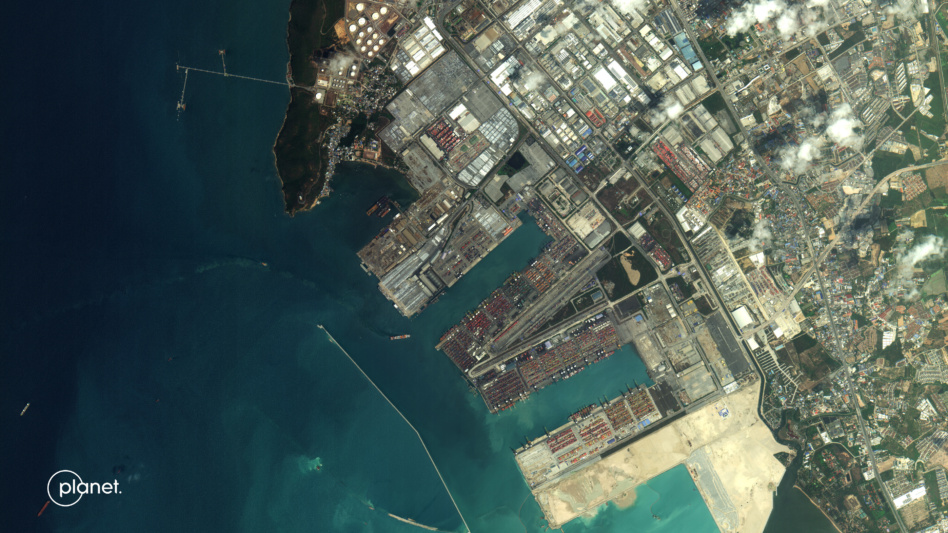Planet Labs PBC announced a €240M ($283M) contract to provide high-resolution imagery over specific European regions, for a period of several years.
Planet declined to identify the actual customer for these services for security reasons, but the deal is funded by the German government.
The partnership is another sign of major changes in the relationship between the US and Europe, as allies look to access reliable, high tech defense capabilities to deter threats from Russia and China. In one notable example, the US cut off Ukrainian access to space imagery in March.
Significant figure: Novaspace released a market intelligence report this week forecasting 60% of commercial EO revenue, or some $139B, will come from defense solutions in the next decade. In June, Planet won a “seven-figure” contract with NATO for daily monitoring services.
Big beak: The deal includes daily monitoring services from Planet’s SuperDove sats, but the real draw is dedicated capacity from the company’s newer Pelican spacecraft, which fly with NVIDIA processors onboard.
Planet has two Pelicans on orbit and is building more, including ten as part of an agreement with Japan’s SKY Perfect JSAT. The company expects to launch more Pelican satellites this year.
“It’s our first customer partnership that leverages both our AI-enabled solutions and our new satellite services—this capacity is ultimately intelligence-needed to act decisively, and maintain their strategic edge,” Cofounder and CEO Will Marshall said yesterday.
Aye Eye: Planet also rolled out a bunch of smaller contract announcements:
- A deal with DIU to provide AI-enabled alerts for US Indo-Pacific Command;
- A separate, seven-figure expansion to provide the US Navy with maritime intelligence in the Pacific;
- An extension of Planet’s deal with the NRO’s Electro-Optical Commercial Layer contract through October.
The last item is worth keeping an eye on—US EO firms are worried that a proposed $130M annual cut to the NRO’s budget will hit hard, and an extension only through the end of the fiscal year suggests uncertainty is still an issue.




